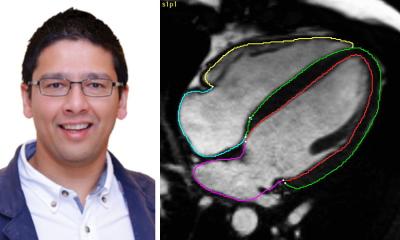Optimised imaging challenges biopsy, but remains ‚ silver´ standard
“The powerful capabilities for thoracic imaging can often be sufficient to make a diagnosis to treat the patient,” notes Philippe Grenier, MD. If CT findings, for example, are typical for idiopathic pulmonary fibrosis, there should no longer a need for a biopsy, which is good for the patient.

A former President of ESTI, he will present, during a session dedicated to Interstitial Lung Disease, a review of high-resolution CT techniques with an emphasis on “Optimising the Image.” “Imaging has become a fantastic tool for identifying the diseases,” he said, “but remains a “silver standard” for assessment rather than a definitive gold standard for diagnosis.”
“It requires a multi-disciplinary approach to arrive at the level of confidence that can be considered golden,” said Grenier, whose cross-discipline experience includes serving as the Head of the Medical Board for the Pitié-Salpêtrière Hospital in Paris. Professor of Radiology at Pierre & Marie Curie University, Paris, Grenier demonstrated the effectiveness of combining CT findings with clinical and chest radiographic assessments in 1994. The paper published in Radiology showed that a correct diagnosis based on clinical data was obtained in 29% of cases, that radiography was correct in only 9%, and that CT correctly identified the condition in 36% of cases. When the three disciplines were combined, diagnostic sensitivity rose to 80%.
Returning to his example, however, Grenier said that where the combined assessments do not identify a cause for the symptoms, or the findings for an idiopathic pulmonary disease are equivocal, then a biopsy is required. “Lung biopsy cannot be considered a gold standard either,” he said. “There is interobserver variability between pathologists, as there will be between radiologists for interpreting HRCT findings.”Improvements to CT capabilities mean that imaging will continue to enhance its position for diagnostic confidence and, thereby, help reduce the need for the invasive biopsy procedure.
19.06.2012











